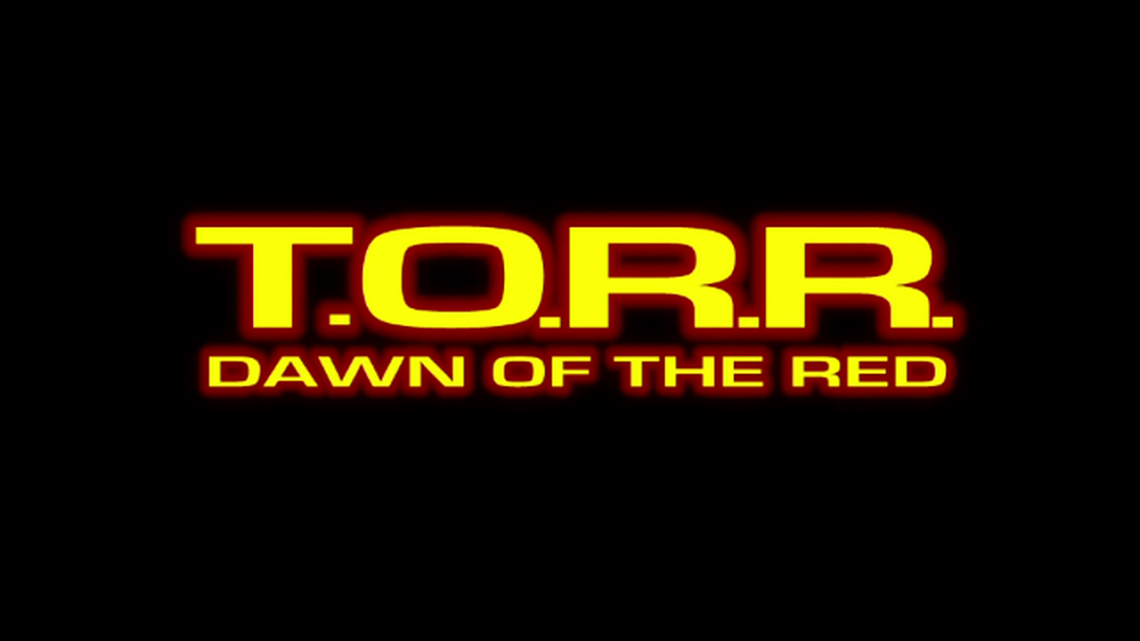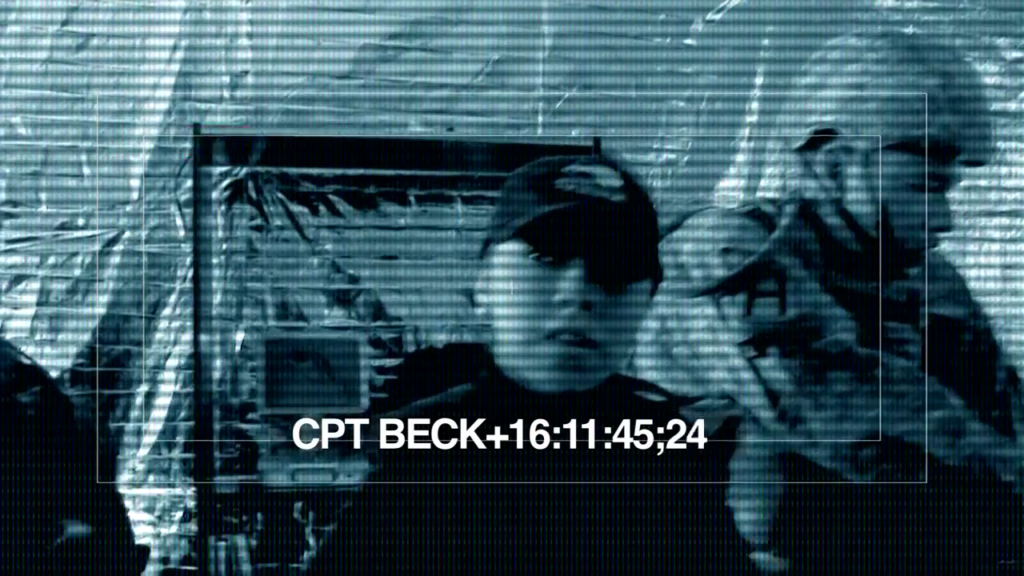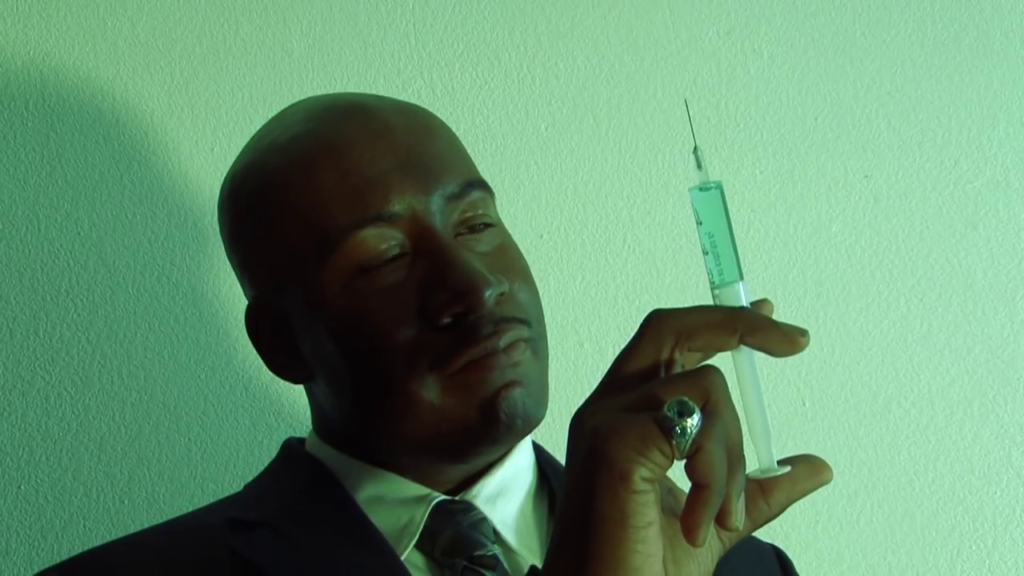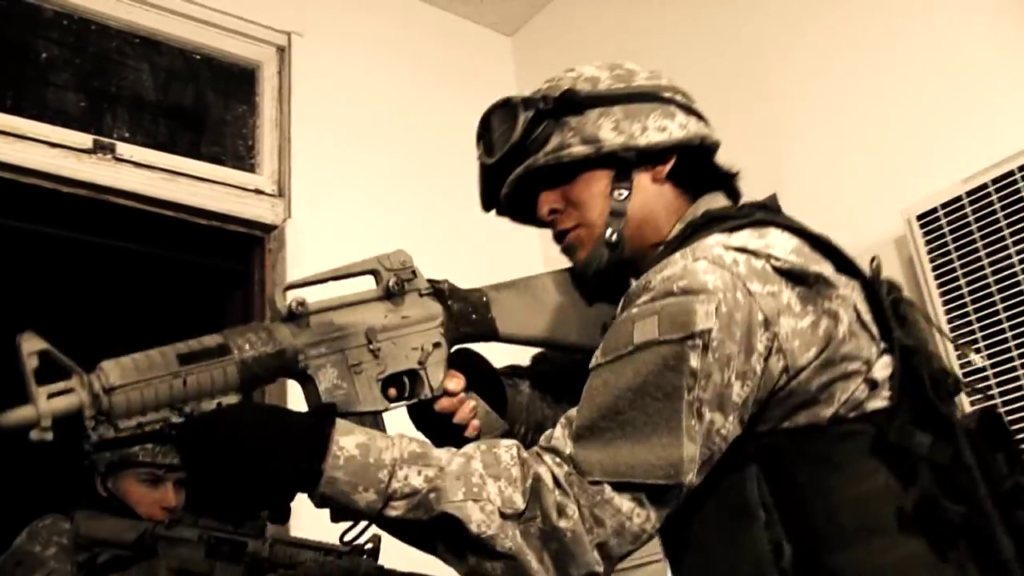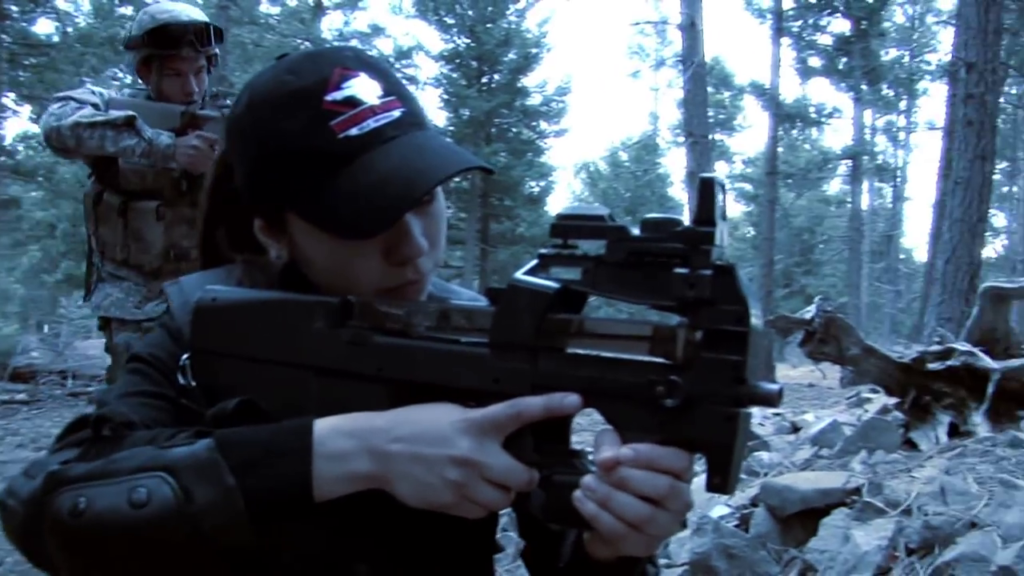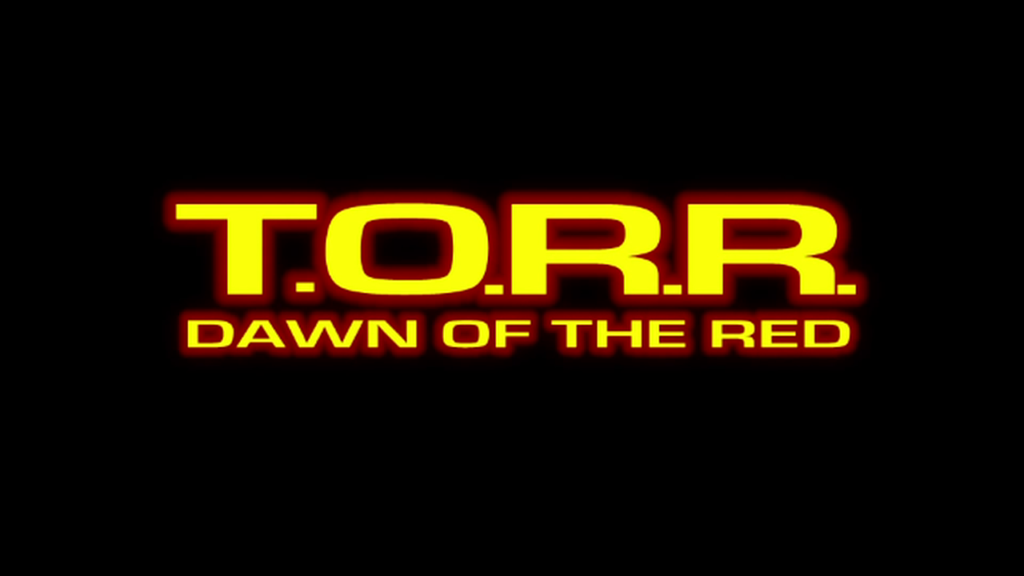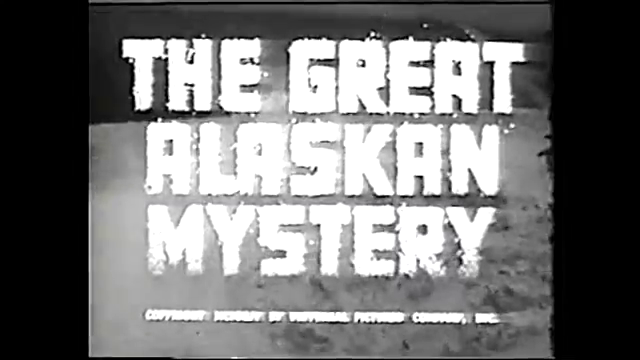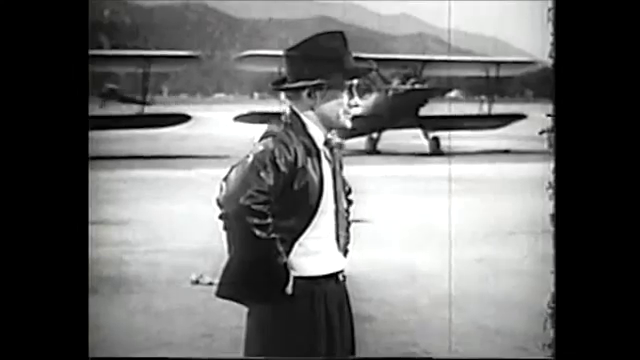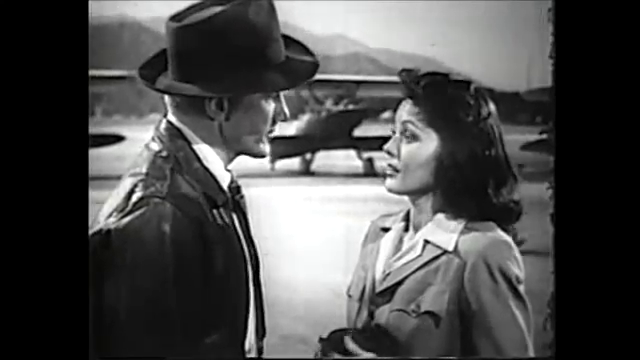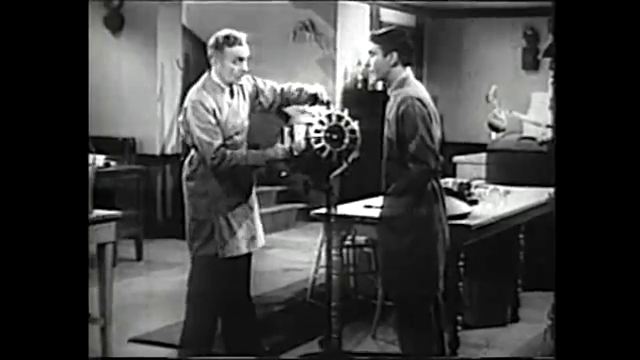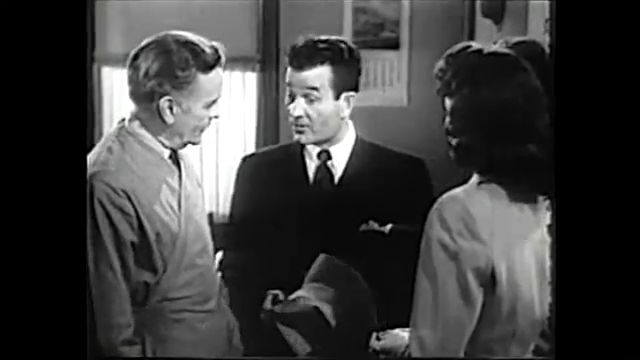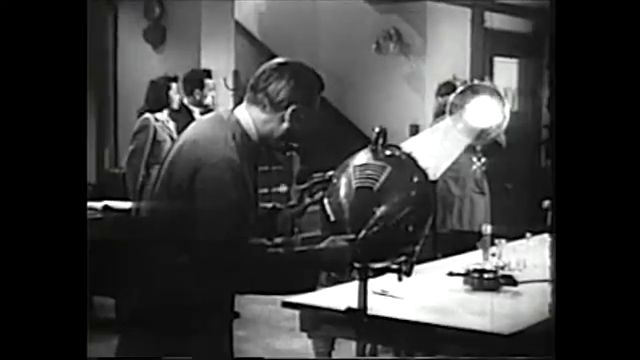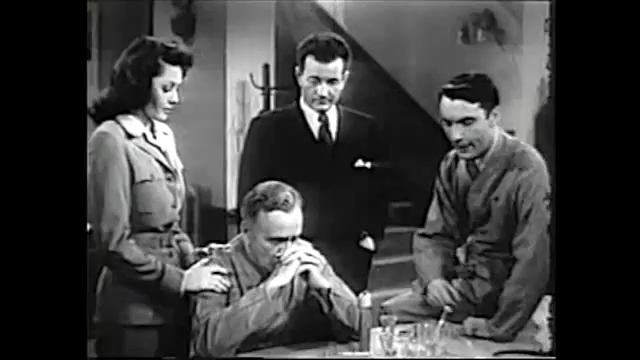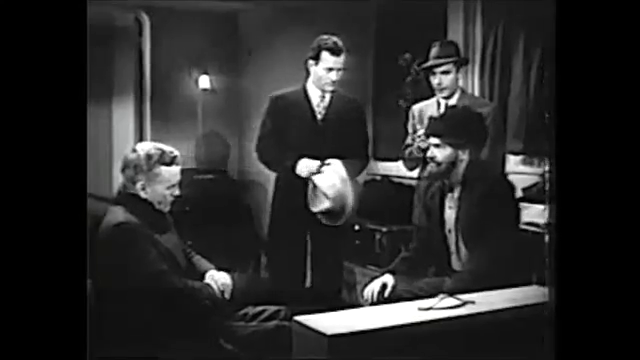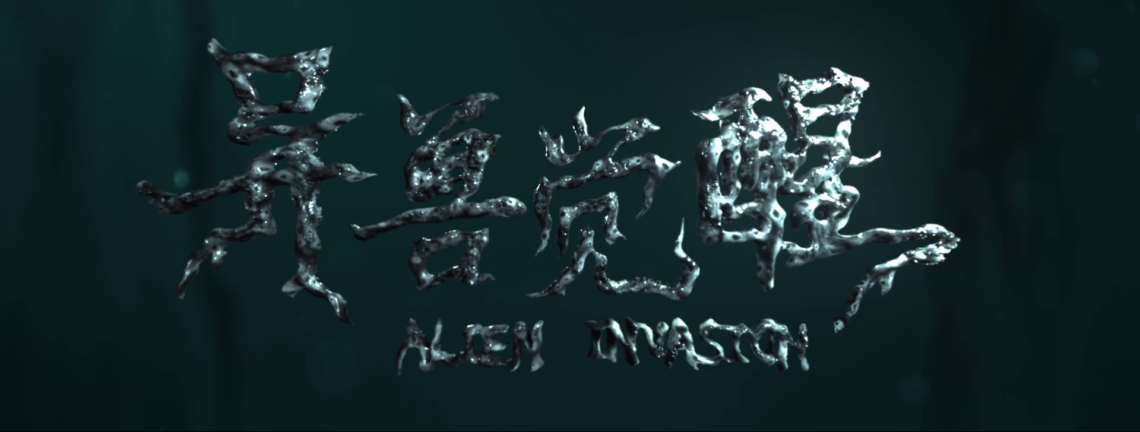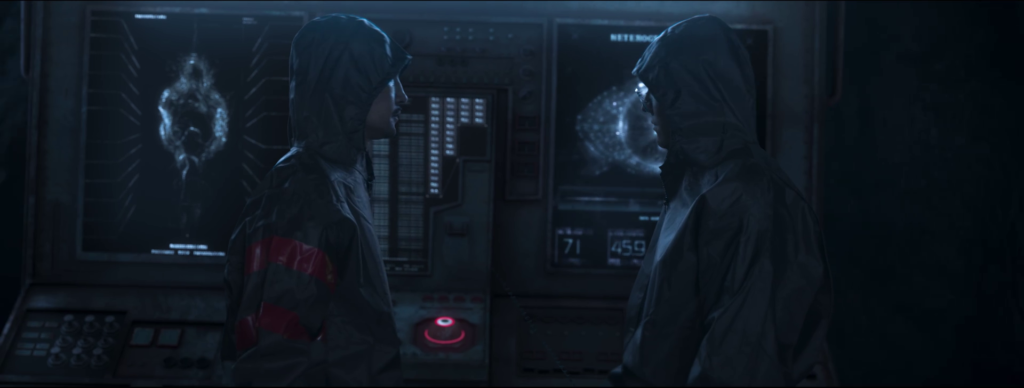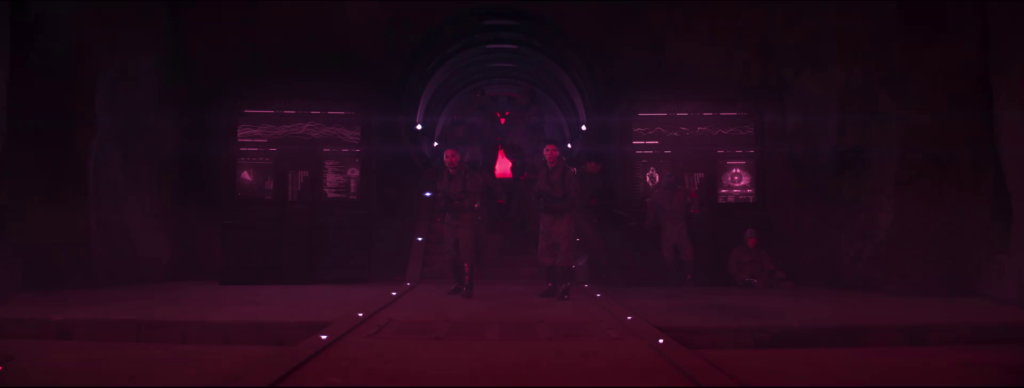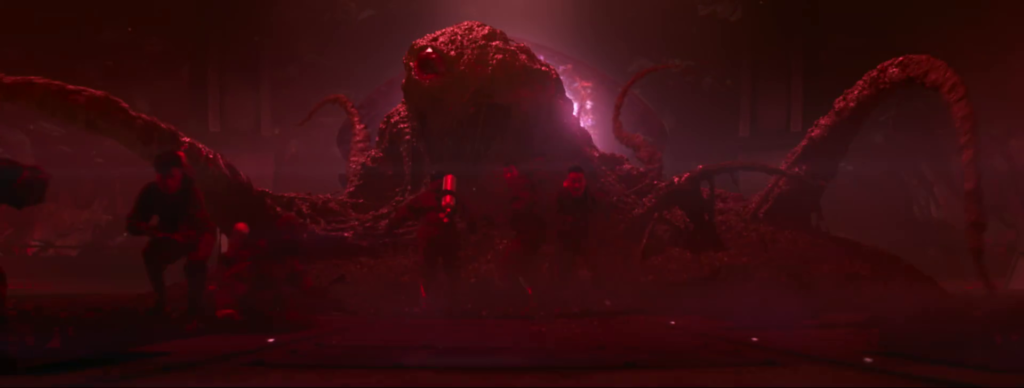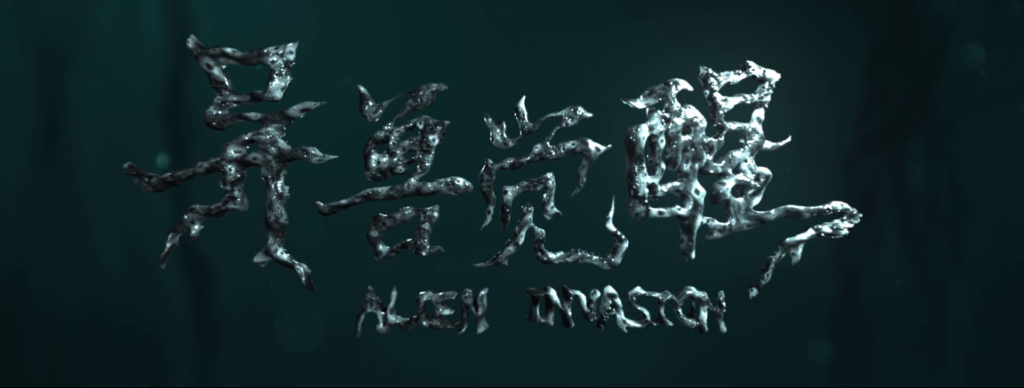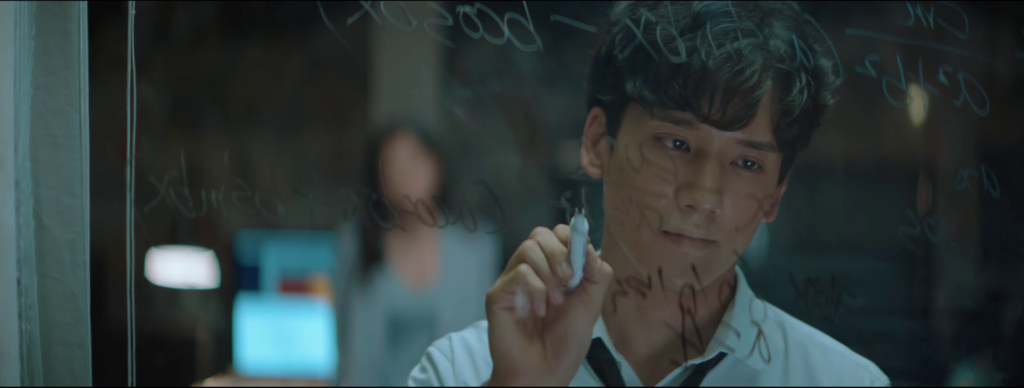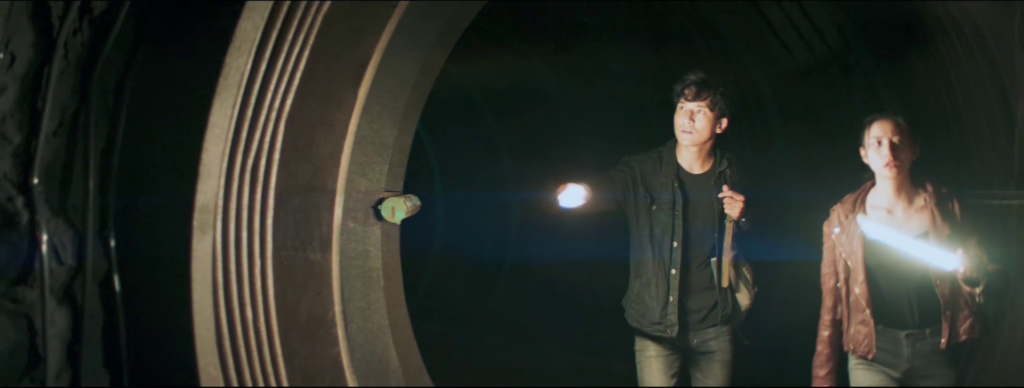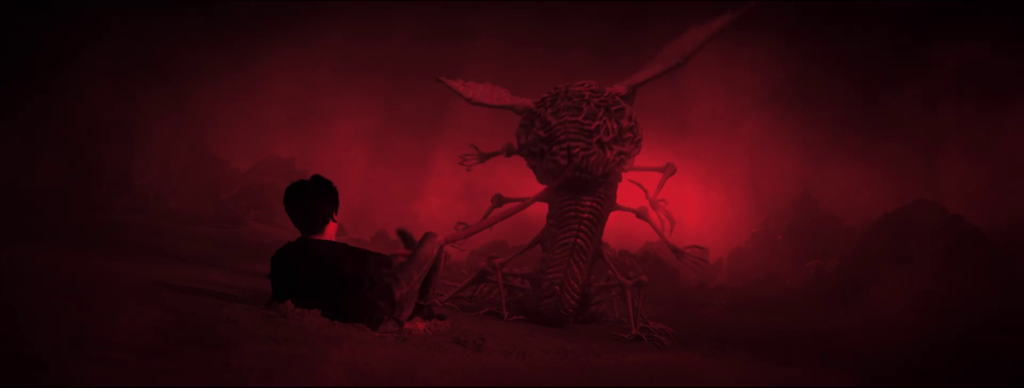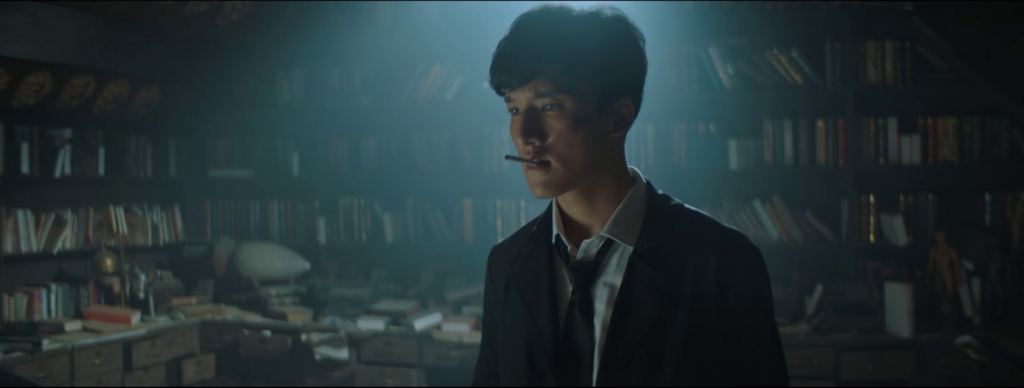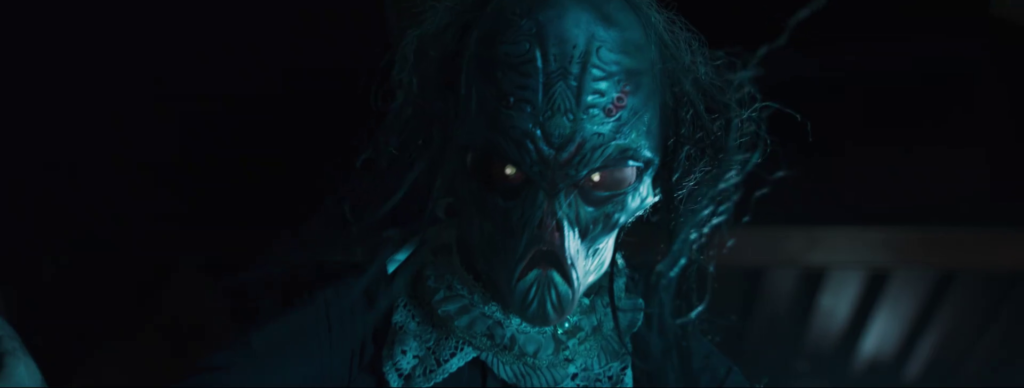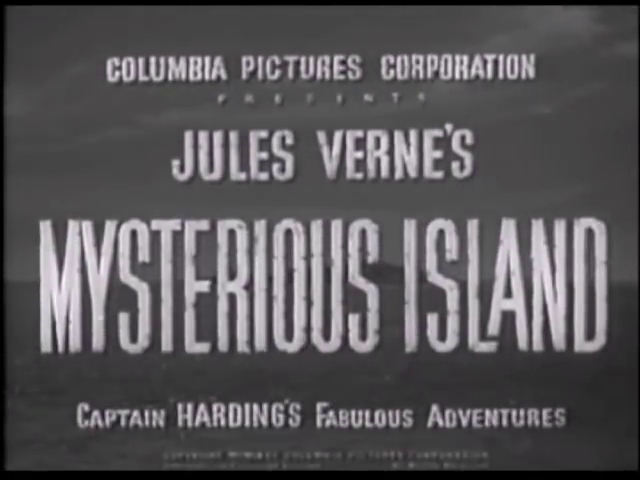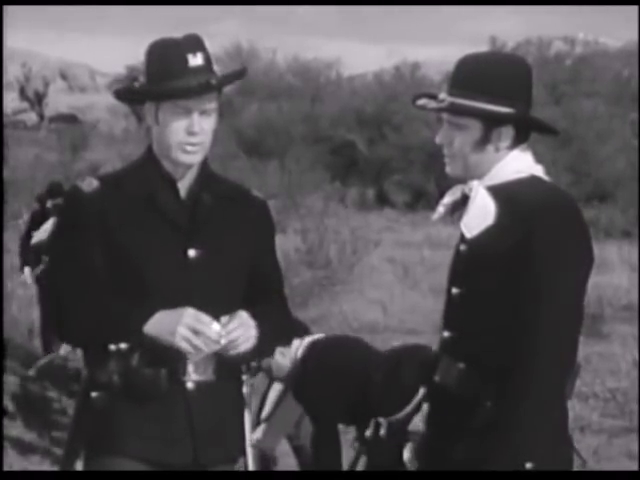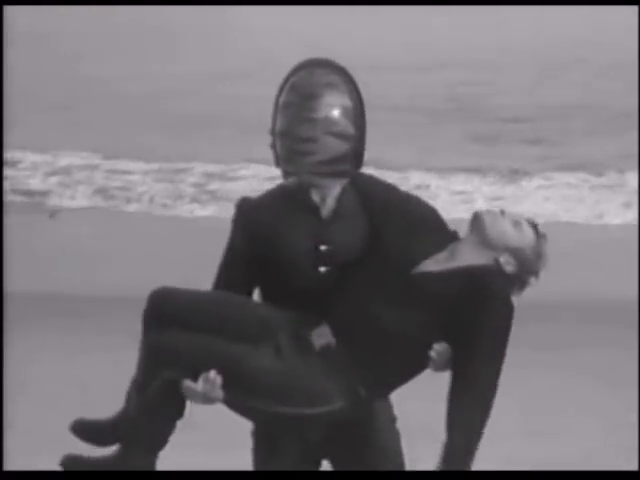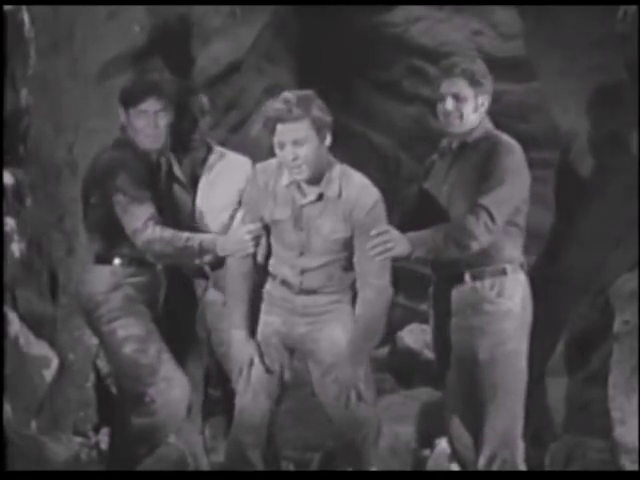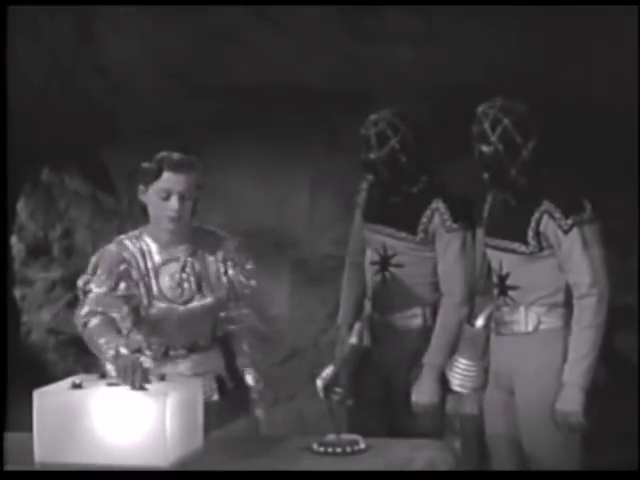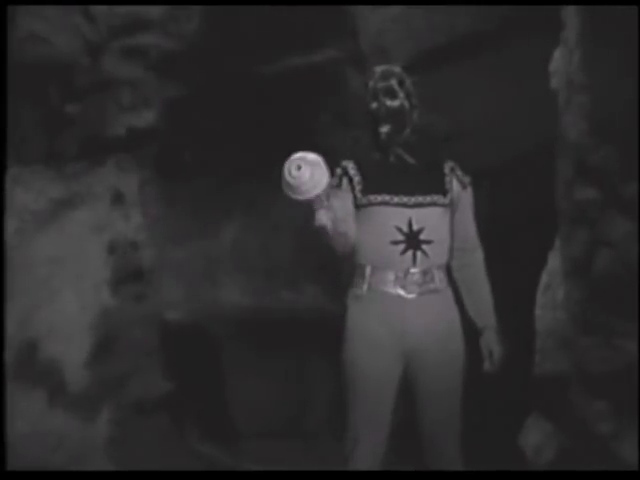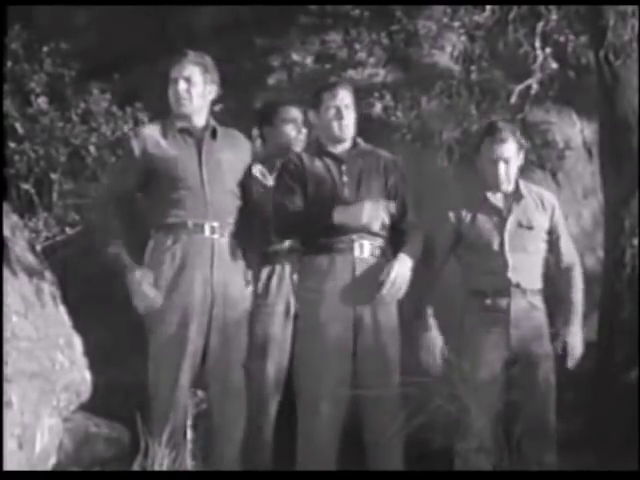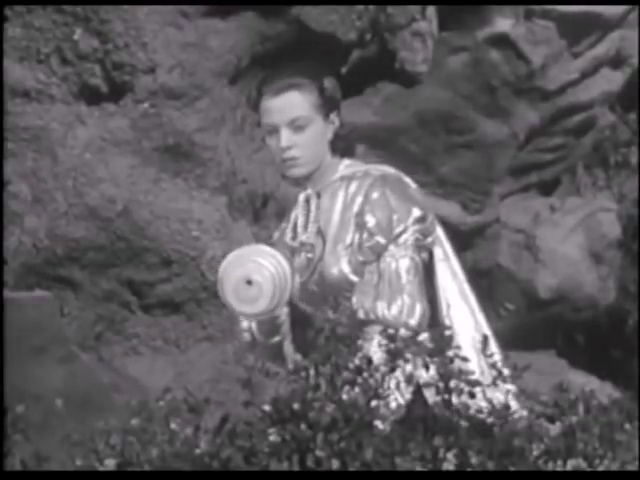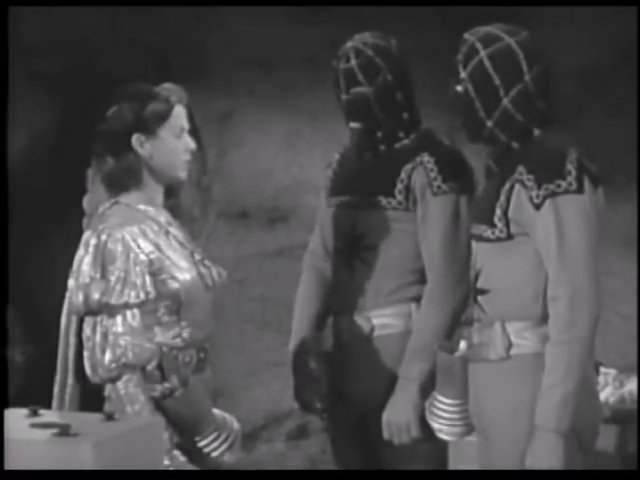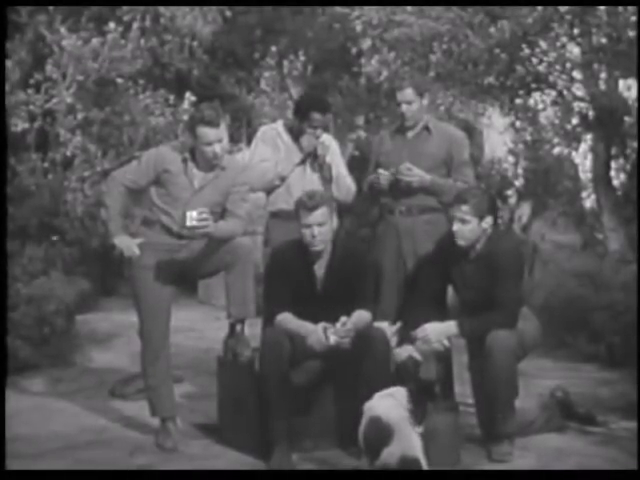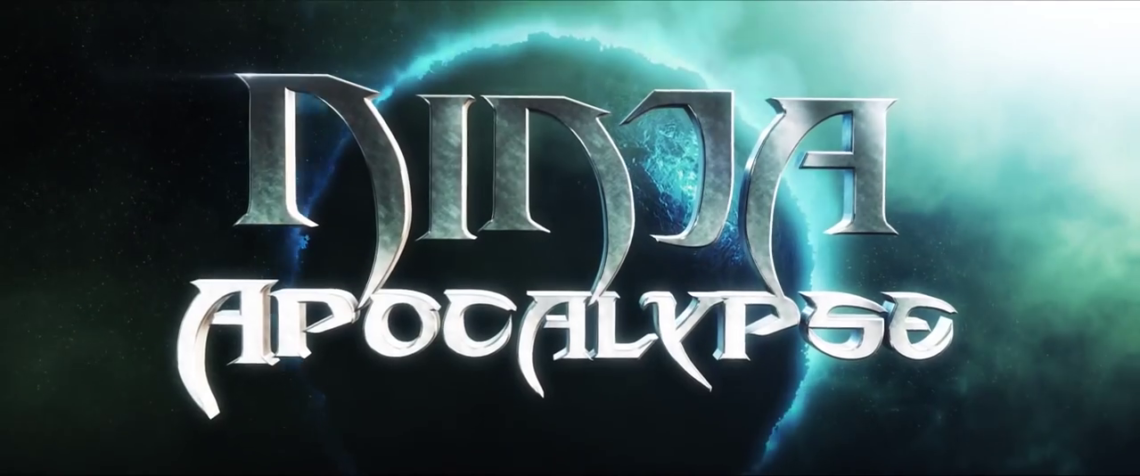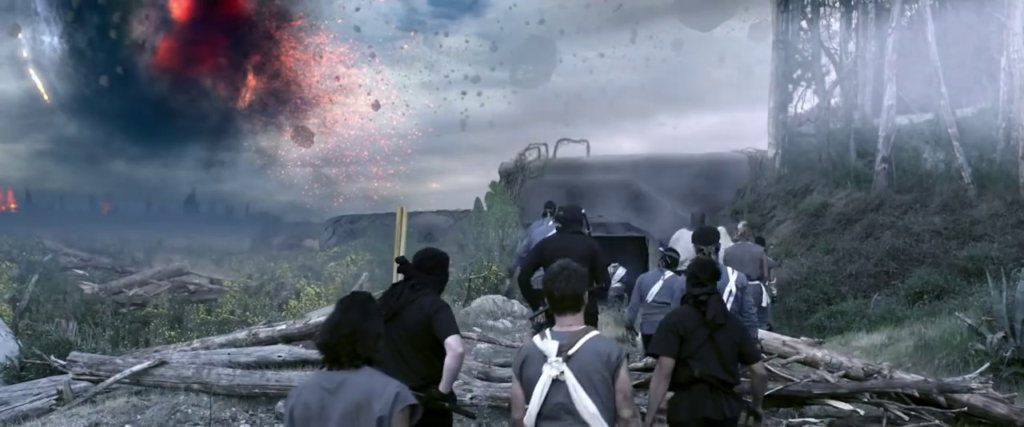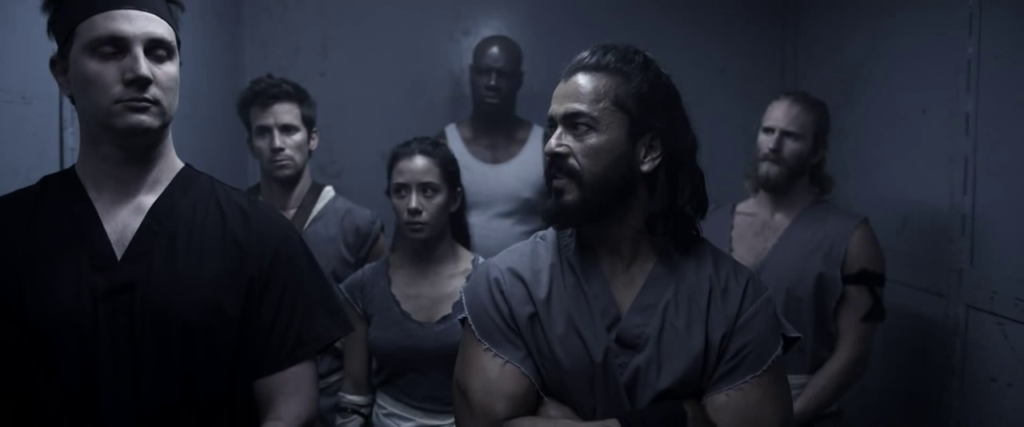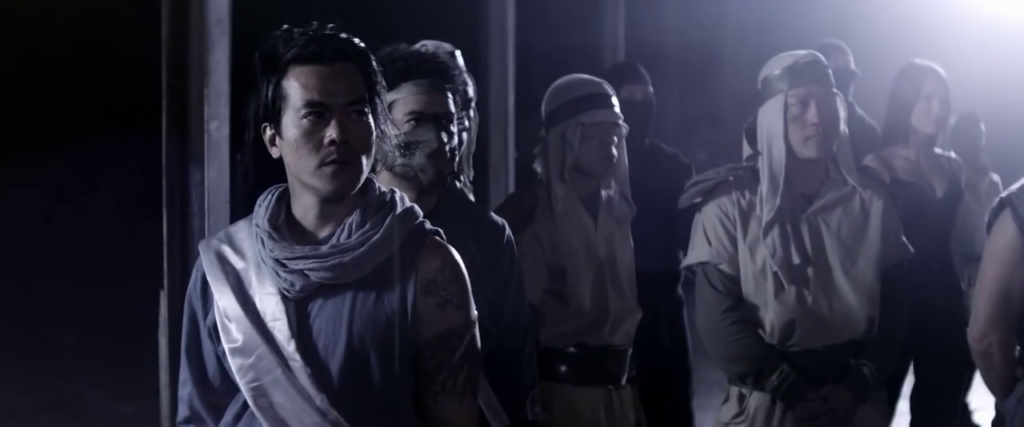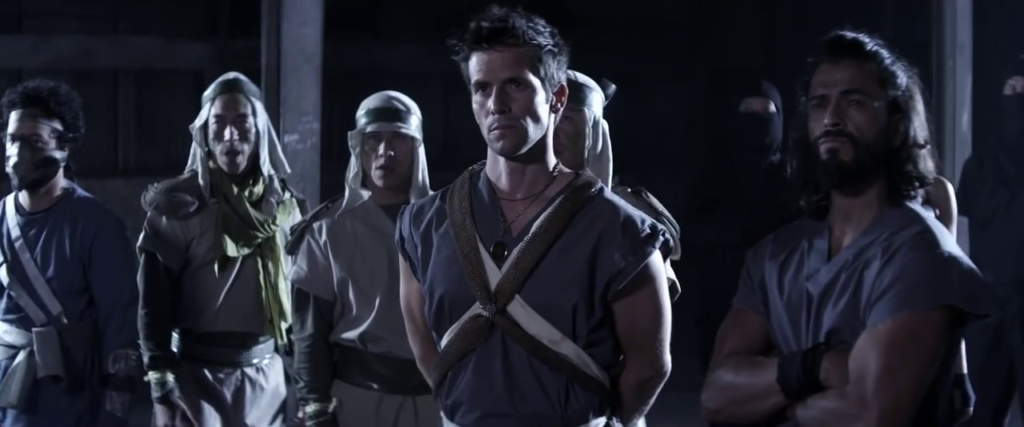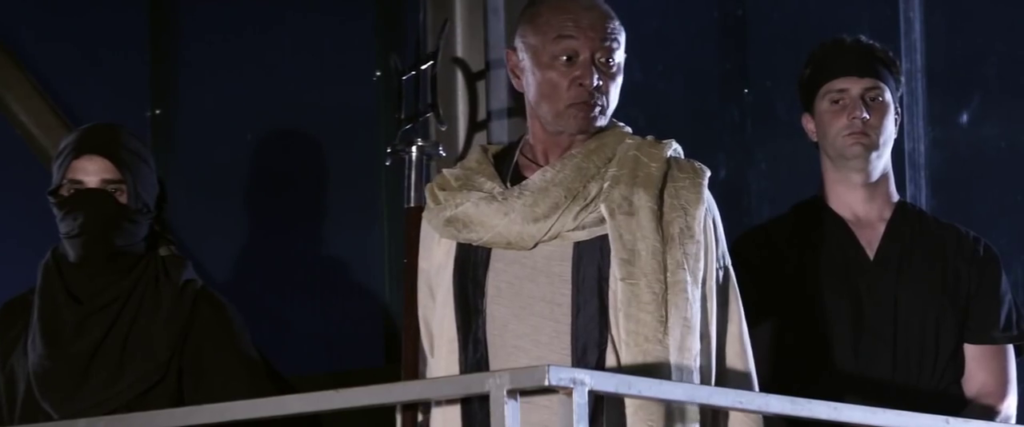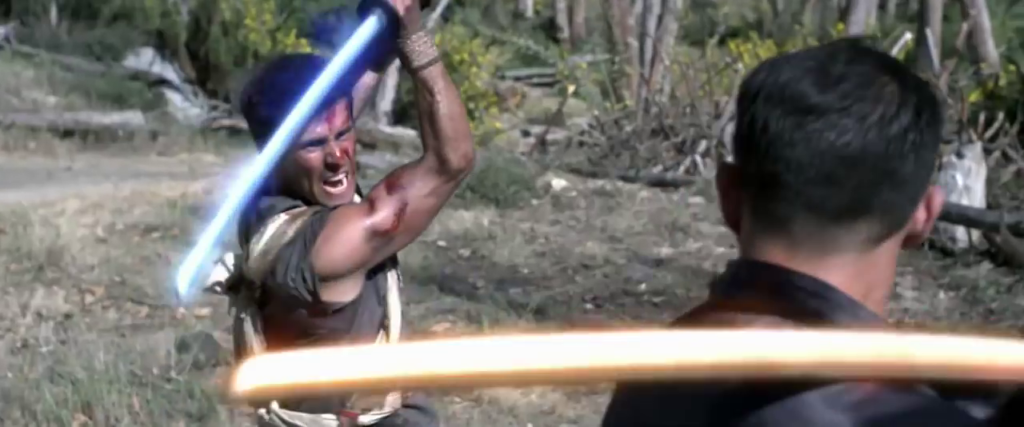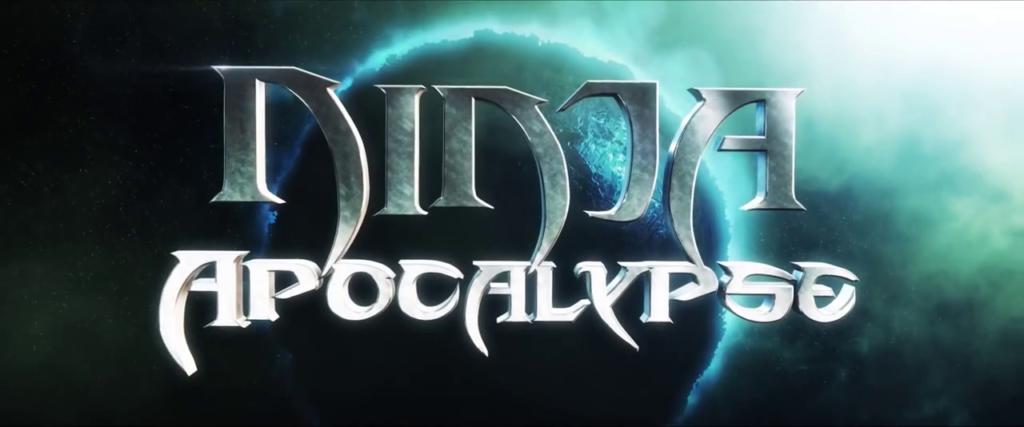-
#465 – T.O.R.R. Dawn of the Red
T.O.R.R. Dawn of the Red (2011)
Film review #465
Director: Robert Towne
SYNOPSIS: In the near-future, global instability and war is rife, and the CIA recruits army Captain Beck for a mission deep into enemy territory, where he and his team are to stop a Russian warlord from unleashing a new biological weapon…
THOUGHTS/ANALYSIS: T.O.R.R. Dawn of the Red is a 2011 action film. Set in the “near-future” of 2014, the world is in a period of instability, with new wars and separatism rife across many countries…apart from the United States, which seems to be carrying on as normal (American exceptionalism means those sorts of things never happen there). Captain Beck, a member of the U.S. Army, is summoned by the CIA to escort one of their agents, Sophie Delgado, deep into hostile Russian territory to prevent a local warlord from releasing a new biological weapon. The plot in this regard is simple to follow: it is an action film with a team of soldiers going into enemy territory to stop the bad guy. You don’t need much more than that. When the film tries to create more of a story behind the motivations of the mission and characters, it falls down a little because the dialogue is lacking in impact due to a combination of unconfident acting and muffled audio (more on that later). The editing also hinders this, with cutaways that are meant to explain the plot hurting the pace of the film, and feeling more like an exposition dump. You won’t be expecting too much from the film’s story, but still, it’s confusing details and detours detract from the action-oriented nature of the film as a whole. There’s also some pretty funny moments which I’m not sure are intentionally meant to be, such as a terrorist jumping out of a fridge opening fire, which again makes the tone of the film quite uneven, as you’re not sure how seriously you’re meant to take everything.
The characters again are pretty consistent with the genre, with the main character Beck being a chauvinistic soldier with an attitude problem towards escorting a woman. That’s his only personality trait. Agent Delgado as the only female character obviously conflicts with Beck, but it never develops into anything unique. Perhaps quite surprisingly, it also doesn’t develop into something romantic, which is usually how these things usually go in films. The rest of the cast are pretty forgettable, apart from the Russian warlord “Rasputin,” who is definitely overplayed and hyped up as a villain, even though he’s not really around too much. The characters are further diminished by some very poor acting, and a number of times the actors mess up their lines, and obviously a second take should have been done.
About halfway through the film the action changes tone a bit as we are treated to…zombies. It turns out this biological weapon turns people into “reanimated” corpses, and the team have to fend off waves of zombies instead of soldiers. Again, the tone of the film is subjected to an unexpected change that isn’t set-up, and you’re left wondering how seriously to take everything as the military action switches to this horror zombie survival plot. I suppose the title “Dawn of the Red” is meant to be a double reference to the films Red Dawn and Dawn of the Dead, which I guess this film could be seen as a combination of, and hints of what to expect, but that’s a stretch (I also have no idea what T.O.R.R. is supposed to stand for).
This is obviously a low-budget film, and so there’s a number of production issues that are very distracting and disrupt viewer’s immersion. Apart from the shaky acting mentioned above, the dialogue is very inorganic, and attempts to wax philosophical come across as unoriginal and not worth listening to. Apart from the choppy editing that breaks up the action, one of the most distracting things is the poor quality of the audio and how everyone’s voices are muffled or echoes significantly. Some of the zombie/reanimated make-up is very obviously fake as well, but the film hides it a bit in dimly lit rooms. The lighting overall is also something that stands out, with a lot of scenes being filmed in this weird night-vision which creates a high contrast and obscures some of the action. There’s some attempt to create different lighting effects depending on the situation, but they are typically overpowering. The low framerate of the cameras being used also lead to significant blurring, particularly during the action scenes, which means you can barely tell what’s going on sometimes, and combined with the poor audio, makes it completely unengaging. In a more positive respect, the film makes use of a variety of on-location sets, from deserts to snow-covered forests, which is better than similar low-budget films that might confine themselves to abandoned buildings or greenscreens (of which there are none that I could see in this film).
Given that this is an independently made film without much budget, it is unfair to compare such films to big-budget Hollywood productions. However, even in the context of independent films, T.O.R.R. leaves very little to recommend it. The plot is an unsynthesised mix of military action and zombies that is inconsistent, and the mix of action, horror and silly one-liners will leave viewers alienated from anything that goes on screen as they’ll be left wondering how to connect with what is happening. The story and characters are completely forgettable, and the poor dialogue and delivery of lines further stifles engagement. While there’s obviously been a decent amount of effort put into this film with regards to location shots, and getting authentic looking weapons, the poor audio and blurry visuals combined with obtuse selection of lighting makes many scenes incomprehensible, and ruins most of the positive moments the film has. Overall, I don’t think there’s anything unique or interesting to recommend here.
-
#464 – The Great Alaskan Mystery (1944)
The Great Alaskan Mystery (1944)
Film review #464
Directors: Lewis D. Collins, Ray Taylor
SYNOPSIS: Dr. Miller, along with Dr. Hauss, has invented a new death ray called the paratron. However, Dr. Hauss is secretly a Nazi spy, who intends to steal the death ray to give to his home country. Jim Hudson, an adventurer of sorts, tells Miller that the material he needs to complete the paratron may be found in the Alaskan mines, and so they set off there, only to have their plane crash on the way…
THOUGHTS/ANALYSIS: The Great Alaskan Mystery is a 1944 serial released by Universal pictures comprised of thirteen chapters. The serial centres around the invention of a death ray called the “paratron,” invented by Dr. Hauss and Dr. Miller. However, they are having trouble completing it. Jim Anderson, an adventurer who knows Dr. Miller’s daughter Ruth, visits and remarks that a rare mineral that can be found in mines in Alaska might be what they are looking for. They all set out on a boat to Alaska, but various machinations are at work, as Dr. Hauss is secretly a Nazi spy, and intends to steal the paratron for his own country, getting the Captain of the ship to aid him in his scheme. The ship sinks and the cast are forced to survive in the Alaskan wilderness until they are rescued. The first two or three episodes are quite varied and dump the cast straight into the Alaskan wilderness doing what you would expect them to di in Alaska: getting caught in the snow, visiting Inuit natives, and such. After chapter three, the serial settles down into a more typical format, with the heroes and villains engaging in a back and forth as they try to get a hold of the paratron and stop each other. In terms of story then, it’s a standard serial affair. The stakes aren’t particularly high as everything revolves around this death ray which while is indeed powerful, doesn’t seem as revolutionary as some other inventions used in these serials (maybe because the idea of the death ray has been done to death). Also this is a wartime serial, and the stakes here probably pale in comparison to the real war going on at the time. There’s also perhaps something to be said for the fact that the setting of Alaska makes the serial feel somewhat removed from any wider context. However, the serial does make good use of the Alaska setting, as we get a decent amount of shots of the wilderness and unique set-ups in the mountains and snow, even if they rely heavily on stock footage.
The cast for this serial is fairly large. However, none of them really stand out, and fall into very typical serial roles. The cast does however, consist of a number of popular and well-known actors of the time, which enhances the serial with some decent performances. You have the typical protagonist, the sole female character, and the elderly scientist, along with the villains and their henchman. There’s also plenty of characters pretending to be helping the heroes when they are the villains. it all adds up to quite a mystery, but never really flows into a coherent experience as all the characters are easy to get mixed up and don’t form their own unique performance.
As mentioned, the depictions of Alaska are perhaps the most unique part of the serial, with plenty of scenic shots, lumberjacking, and wilderness sets that make it look the part. The dialogue is what mainly drives the story though, as with most Universal serials. There’s not a lot of action scenes outside of some classic shoot-outs and chase scenes, and again that is typical of a Universal serial, which usually are less action-oriented than the ones from rival serial producer Republic. Overall, The Great Alaskan Mystery has many of the serials tropes that it needs to, but fails to bring it’s busy story and large cast together to create anything special. It’s got everything it needs, but is ultimately a bit forgettable, leaving it to be remembered as just another average serial amongst the many of the format.
-
#463 – Alien Invasion (2020)
Alien Invasion (2020)
Film review #463
Director: Yun Xiang Lin
SYNOPSIS: Private detective Xu Siwei is hired by Yang Lin to investigate the disappearance of her Father. They are led to a secret underground facility where they encounter a strange portal to an alien world. Barely escaping the alien horrors within, Xu is haunted by strange dreams that relate to this alien species, and heads to the town where Yang Lin was raised to find answers…
THOUGHTS/ANALYSIS: Alien Invasion is a 2020 science fiction film. The film starts off in a secret laboratory where an experiment on an alien portal goes wrong and a creature escapes into the laboratory, forcing it to be sealed to prevent the alien’s escape into the world. Next, we are introduced to private detective Xu Siwei, who after capturing a thief returns to his home to find Yang Lin, a young woman who wants to hire him to find her Father, who went missing fifteen years ago. The two are led to a secret laboratory where they stumble upon the alien portal from the opening of the film. They manage to escape, but Xu starts having recurring nightmares about the aliens, and seeks to unravel the mystery further by visiting Yang Lin’s hometown, where strange things are happening. The plot of the film is inspired by the Cthulhu and other such eldritch horror, as the alien in the opening scenes shifts its amorphous form and impales people with its tentacles. The film is essentially a science-fiction thriller, attempting to build tension in the mystery it creates and the environments in which it is set. The film struggles to do this successfully because the whole tone of the film is very inconsistent: at the start there’s some more action and quirky light-heartedness, as Xu is clearly emulating Benedict Cumberbatch’s portrayal of Sherlock Holmes. The film leans more towards a horror theme as Xu and Yang investigate the laboratory, and more of a slow-paced thriller as Xu and Yang investigate what happened to her parents in the town she grew up. With these constant shifts in tone, the flow of the story is constantly interrupted and it it becomes difficult to maintain engagement in the story.
The film centres around the two main characters Xu Siwei and Yang Lin, who investigate Yang’s father’s whereabouts after he disappeared some fifteen years ago. As mentioned, Xu is clearly ‘inspired’ by Cumberbatch’s portrayal of Sherlock Holmes, but that part of his character doesn’t really factor in after the first act when the film shifts to a thriller and the mystery overshadows any character quirks. Yang has plenty of mystery about her, but there’s nothing too special about her character. The chemistry between the two is alright, but could probably have been pushed further to increase the stakes. Overall they’re pretty standard characters from the genre, but still fairly likable, and supplemented by decent acting on behalf of the actors.
The film is very much on par with other Chinese science-fiction released around the same time in terms of production, which means in terms of the CG is that it doesn’t look too bad, but it also typically looks like someone put it together in After Effects in an afternoon. The colour is one thing that I think stands out, as it is vivid without making the scenes lose their tense atmosphere. The practical effects look pretty daft, particularly the aliens which are obviously people in very silly looking masks that are quite distracting. The fact that we don’t see any of the aliens for a good majority of the movie again breaks the sense of flow, as we are treated to this set-up at the start, then nothing really comes of it for most of the movie. The whole mystery surrounding Yang’s mother and father also never gets a satisfactory payoff, as everything is delivered in cryptic riddles and not explained properly. Overall, Alien Invasion is a fairly standard Chinese science-fiction film of its type, and is unremarkable in terms of story, characters or production. It’s inspirations are obvious, and does little to develop or explore them in any unique way, making it a fairly forgettable experience.#movie#movie review
-
#462 – Mysterious Island (1951)
Mysterious Island (1951)
Film review #462
Director: Spencer Gordon Bennet
SYNOPSIS: A group of soldiers fighting in the American civil war are captured by Confederate forces. They eventually escape on an observation balloon, but find themselves drifting for days, eventually landing on a desert island far from civilisation. However, the island is far from deserted, as a native tribe, pirates, aliens, a castaway, and a mysterious masked man are all up to various schemes on the island, and the new arrivals must find a way to survive against all these different factions and find a way home…
THOUGHTS/ANALYSIS: Mysterious Island is a 1951 science-fiction serial comprised of fifteen chapters. It is based on the novel of the same name by Jules Verne. The serial is set in the year 1865, during the American civil war, where during the siege of Richmond, Virginia, Captain Cyrus Harding is captured by Confederate forces and taken prisoner. he engineers an escape with some other prisoners by hijacking an observation balloon. Unfortunately, a storm sweeps the balloon way off course, leaving it to drift for many days. When it lands, the crew find themselves on a desert island far from any civilisation, with no way home. They quickly find that the island is far from deserted however, and the new arrivals must contend with multiple factions and their schemes. As mentioned, the serial is based on Jules Verne’s novel of the same name, and incorporates a fair amount of the novel’s structure and characters. This is in contrast to a lot of serial adaptations of comics and books, in which usually only one or two main characters are made to fit into the serial format, omitting a lot of the original’s world and set-ups (such as things that would be too expensive to implement). As such, the serial has a good flow and pacing that keeps things interesting across the fifteen chapters. There’s still plenty of tried serial tropes when characters set up elaborate deaths with plenty of opportunity to escape rather than just killing them, but on the whole there’s plenty going on between all of the different factions to keep things varied and interesting. Even through the fifteen chapters, which is at the longer runtime of these serials, it keeps things consistently entertaining.
Let’s talk about the characters in this serial: there is a very large cast, and multiple different factions that are working against each other. Apart from the main cast that wind up on the island, there’s the native population, a castaway that has gone mad, pirates, aliens from the planet Mercury, and a mysterious masked man. In keeping with the novel, all of these characters are from the source material apart from the aliens from Mercury, which were added for the serial. The serial could have easily got away with not adding them, as there’s plenty of characters and plot anyway, but I suppose they were added to keep up with trends, as sci-fi serials and films started to get more popular after World War II had ended and the subsequent years in which war heroes were the protagonists of choice. The alien characters and plot fit in fairly well and are incorporated into the story so that they don’t stick out as a forced inclusion, which is good. While none of the characters are really unique or memorable, they have a consistency in their acting, and you know who they are and who they’re aligned with when they’re on screen. The heroes are perhaps the least interesting bunch, as they’re all typical young male leads without any special talent or occupation. Nevertheless, you will be on their side as they try and make their way home.
Mysterious Island is a nice surprise in the period of the serial format’s declining popularity. Obviously helped by being based off a famous novel helps give the story an interesting set of characters and set-ups, the serial also incorporates its own elements which, while nothing unique, is integrated nicely with the rest of the source material, even if the sound of pirates, American Civil War, and aliens together sounds like an absurd mix. The acting is decent, the sets convey a consistent sense of location, and the story has a good sense of direction that maintains interest and excitement. Spencer Gordon bennet, the director, was a serial veteran by this point, and delivers his usual developed choreography in fight scenes and keeping the pace of the serial steady yet energetic. Overall, Mysterious Island is a surprisingly decent addition to the serial format, at a time when good examples of it were few and far between.
-
#461 – Ninja Apocalypse (2014)
Ninja Apocalypse (2014)
Film review #461
Director: Lloyd Lee Barnett
SYNOPSIS: in the post-apocalyptic wasteland, a summit is called between the various ninja clans for peace talks, as clan leader Fumitaka believes the clans must come together to overcome an external threat that threatens all of them. The clans agree to the terms, but Fumitaka is suddenly assassinated, with witnesses saying that Cage, leader of the Lost Ninja clan, was the one who did it. Cage and his fellow clan members are forced to flee, and must find a way out the bunker where the peace talks are being held, with all the other ninja warriors out to get them…
THOUGHTS/ANALYSIS: Ninja Apocalypse is a 2014 post-apocalypse martial arts film. Set after the collapse of society through nuclear war (as with most post-apocalyptic films), what remains of humanity seems to have banded into various ninja clans (for some reason). Fumitaka, the leader of one of the clans, holds a peace conference between the clans at his bunker, where he claims they must unite to fight an “external force” that threatens them all. The clans agree, but Fumitaka is suddenly assassinated, and three witnesses claim it was Cage, the leader of the Lost Ninja clan, that did it. Cage and his clan ninjas flee, attempting to escape the bunker while fighting off the remaining clans. The story is fairly simple to follow, even if it doesn’t make much sense: why is everyone a ninja in the post-apocalypse? Why do they have magic powers? Are they mutations or supernatural? Not much is explained, but then again it is a martial arts movie, and doesn’t need too much explanation. The whole premise is very silly, and manages to get even sillier when it introduces zombies. Overall it’s not a story that will keep your interest, and while there’s a few twists and surprises, doesn’t offer too much.
The various clans of ninjas we see at the beginning of the film all have unique special powers, including lightning, fire and illusion. As mentioned, there’s no explanation of these powers and whether they are mutations or supernatural, but it’s not too much of a concern. Apparently their powers have a certain limit and have to recharge, but it’s mechanics are not explained any further. These abilities make the film a bit more over-the-top and unique, but they’re not utilised in a massive way to bolster the film as a whole into a unique experience. The characters themselves are a fairly typical bunch of tropes, with Cage and his brother Surge being at odds with one another forming the most notable relation between characters. Cage’s rivalry with Becker, leader of the fire-based ninja clan, is also fairly interesting, and it’s fun to watch them interact, but there’s too little of it. The big reveal of the villain at the end has little impact too because we see very little of Cage and the villain actually interacting, so we are left only with exposition to fill in the gap.
This is not a high budget production. The film is almost exclusively set in this nuclear bunker, which means there is no need for complex sets, and most of the action takes place in non-descript corridors, stairwells and industrial empty rooms. The CG is pretty basic stuff and probably something anyone could make in After Effects, but it’s not overused too much, and is mainly just to create blood splatter, which the film doesn’t linger too closely on (although sometimes the physics of the blood is noticeably off). The acting can sometimes be alright, but other times is very stuff and wooden, making the whole experience very uneven. The most important aspect of a martial arts film has to be the fight scenes, and the ones in Ninja Apocalypse are…fine I guess. The actual stunts and fighting are good, but the editing of them is often too sharp and ruins the flow. There’s plenty of variety though, from the various ninja clans and their unique powers to slicing up zombies. Overall though Ninja Apocalypse is a fairly forgettable affair with a threadbare story and limited characters. There’s a few decent stunts and fights, but they are ultimately hampered in their editing and composition. There’s not much to really take away from this film, apart from the premise should be much more interesting than what is delivered on screen.
